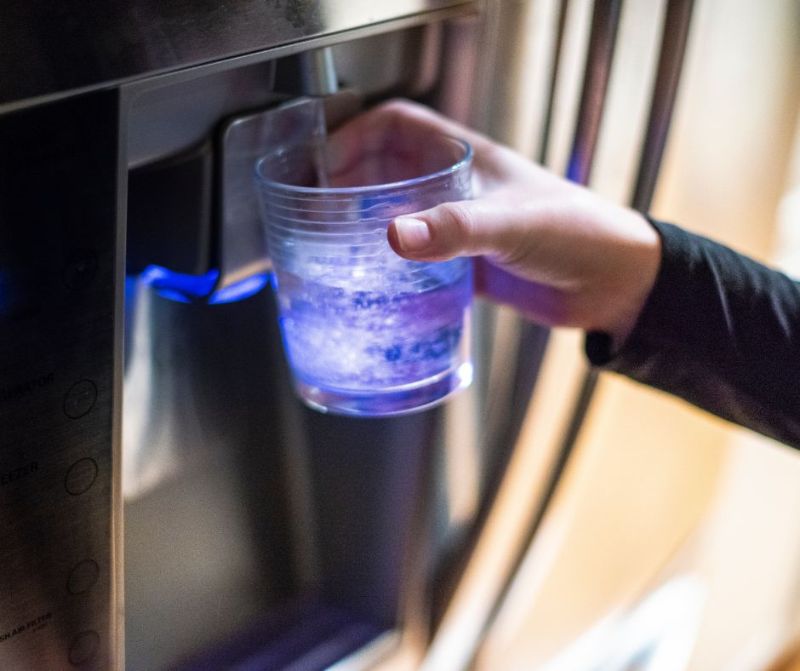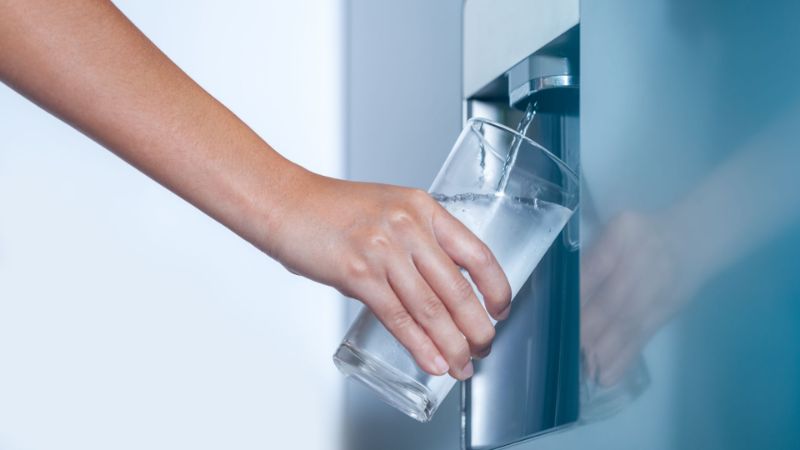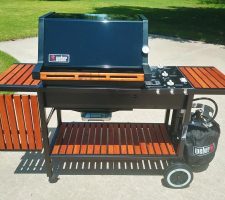Water dispensers have become an integral part of modern life, offering a convenient and efficient way to access clean and refreshing water. But have you ever wondered, How does a water dispenser work.
The technology behind these devices is not just about pouring a glass of water; it involves a clever combination of mechanisms that ensure your hydration needs are met seamlessly. In this exploration, we will delve into the fascinating world of water dispensers, uncovering the inner workings of these devices and the science that keeps them flowing.
Basic Components of a Water Dispenser
Water Source: This can be a large bottle, a water reservoir, or a direct connection to a water supply.
Cooling and Heating Elements: Water dispensers typically have both cooling and heating mechanisms to provide cold and hot water on demand. These elements ensure that water is maintained at the desired temperature.
Dispensing Mechanism: This can be a tap, spigot, or a button-operated system that allows users to control the flow of water and fill their containers. If you’re looking for a feature-rich water dispenser for your family, the end of this year brings the Black Friday water dispenser deals event. Here, you’ll have the opportunity to choose water filtration systems from renowned brands at affordable prices.
Filtration System (if applicable): Some water dispensers come with built-in filtration systems, such as carbon filters, to improve the taste and quality of the water.
How Does a Water Dispenser Work

Water Source: The water dispenser is connected to a water source, which can be a large water bottle, a water reservoir within the dispenser, or a direct connection to a water supply.
Cooling and Heating Elements: Water dispensers are equipped with cooling and heating mechanisms. For cold water, there’s a refrigeration system that chills the water and maintains it at a lower temperature. For hot water, there is a heating element or tank that keeps the water hot.
Filtration (if applicable): Some water dispensers have built-in filtration systems that remove impurities and improve water quality. Water passes through filters before being dispensed, ensuring cleaner and better-tasting water.
Dispensing Mechanism: The user can access the water through a dispensing mechanism. This mechanism could be a simple tap or spigot for basic models or a more advanced button-operated system for modern dispensers.
Here’s a breakdown of how each temperature mode works:
Cold Water: When you select cold water, the refrigeration system cools the water, usually through a cooling coil or compressor. The chilled water is then dispensed through the tap, providing you with refreshing cold water.
Hot Water: If you choose hot water, the heating element or tank heats the water to the desired temperature. The hot water is stored until it’s ready to be dispensed, usually with the help of a thermostat to maintain the correct temperature.
Room Temperature Water: Some water dispensers also offer a room temperature option, which bypasses both the cooling and heating elements to provide water at the ambient temperature directly from the source.
How Maintenance and Cleaning Water Dispenser
Regular Cleaning
Unplug or Turn Off: Before cleaning, unplug the water dispenser or turn it off to ensure your safety.
Empty the Reservoir: Remove any remaining water from the reservoir or bottle, ensuring it’s completely empty.
Remove Drip Tray and Components: If applicable, remove the drip tray and any other removable parts, such as the water tank, nozzles, or spigot. Wash these components separately.
Prepare a Cleaning Solution: Create a cleaning solution by mixing mild dish soap or vinegar with warm water. A common ratio is one part soap or vinegar to three parts water.
Wipe the Exterior: Use a soft cloth or sponge dampened with the cleaning solution to wipe down the exterior of the dispenser, including buttons or control panels.
Clean Removable Parts: Submerge the removable components in the cleaning solution, scrub them with a brush or sponge, and rinse thoroughly with clean water. Make sure to clean the drip tray, nozzles, and spigot carefully.
Interior Cleaning: For the interior, use a bottle brush or a long brush to clean the inside of the water reservoir or tank. Rinse it thoroughly to remove any soap or vinegar residue.

Filter Replacement (if applicable)
Check the Filter: If your water dispenser has a built-in filtration system, check the filter’s status. Follow the manufacturer’s recommendations for replacing the filter at regular intervals, which can vary from a few months to a year.
Sanitization
Disinfect the Components: To disinfect the water dispenser, prepare a solution of one teaspoon of bleach per gallon of water. Use this solution to wipe down the internal components. Make sure to rinse thoroughly to remove any bleach residue.
Rinse Properly: Rinse all cleaned parts and the water reservoir with clean water multiple times to ensure no cleaning or disinfecting agents remain.
Reassembly and Testing
Reassemble: Put the cleaned and dried components back into their respective places.
Run Water: Run water through the dispenser for a few minutes to ensure that any remaining cleaning agents or disinfectants are flushed out of the system.
Final Steps
Replace Water Bottle: If you use a bottled water dispenser, ensure the water bottle is properly placed and sealed.
Plug In or Turn On: Reconnect the power source, plug the dispenser back in, or turn it on.
Monitor Regularly: Regularly check for any signs of leaks, unusual odors, or issues with water temperature or quality.


